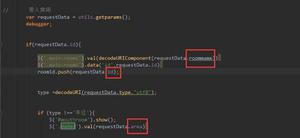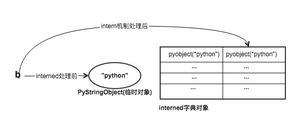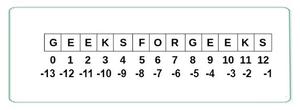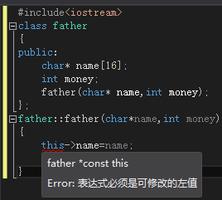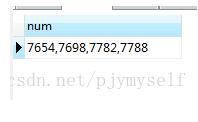Python程序接受包含所有元音的字符串
有时您希望根据某些条件接受输入。在这里,我们将看到相同类型的程序。我们将编写一个仅允许带有元音的单词的程序。我们将向他们展示输入是否有效。
让我们一步一步地看看方法。
定义元音列表[A,E,I,O,U,a,e,i,o,u]
初始化单词或句子。
遍历单词或句子。
检查列表中是否存在。
3.1.1. If not, break the loop and print Not accepted.
接受其他打印
示例
让我们将文本转换为Python代码。
def check_vowels(string):# vowels
vowels = ['A', 'E', 'I', 'O', 'U', 'a', 'e', 'i', 'o', 'u']
# iterating over the string
for char in string:
if char not in vowels:
print(f"{string}: Not accepted")
break
else:
print(f"{string}: Accepted")
if __name__ == '__main__':
# initializing strings
string_1 = "tutorialspoint"
string_2 = "AEiouaieeu"
# checking the strings
check_vowels(string_1)
check_vowels(string_2)
输出结果
如果运行上面的代码,您将得到以下结果。
tutorialspoint: Not acceptedAEiouaieeu: Accepted
结论
您可以根据需要检查其他属性。如果您对本教程有任何疑问,请在评论部分中提及。
以上是 Python程序接受包含所有元音的字符串 的全部内容, 来源链接: utcz.com/z/322530.html

